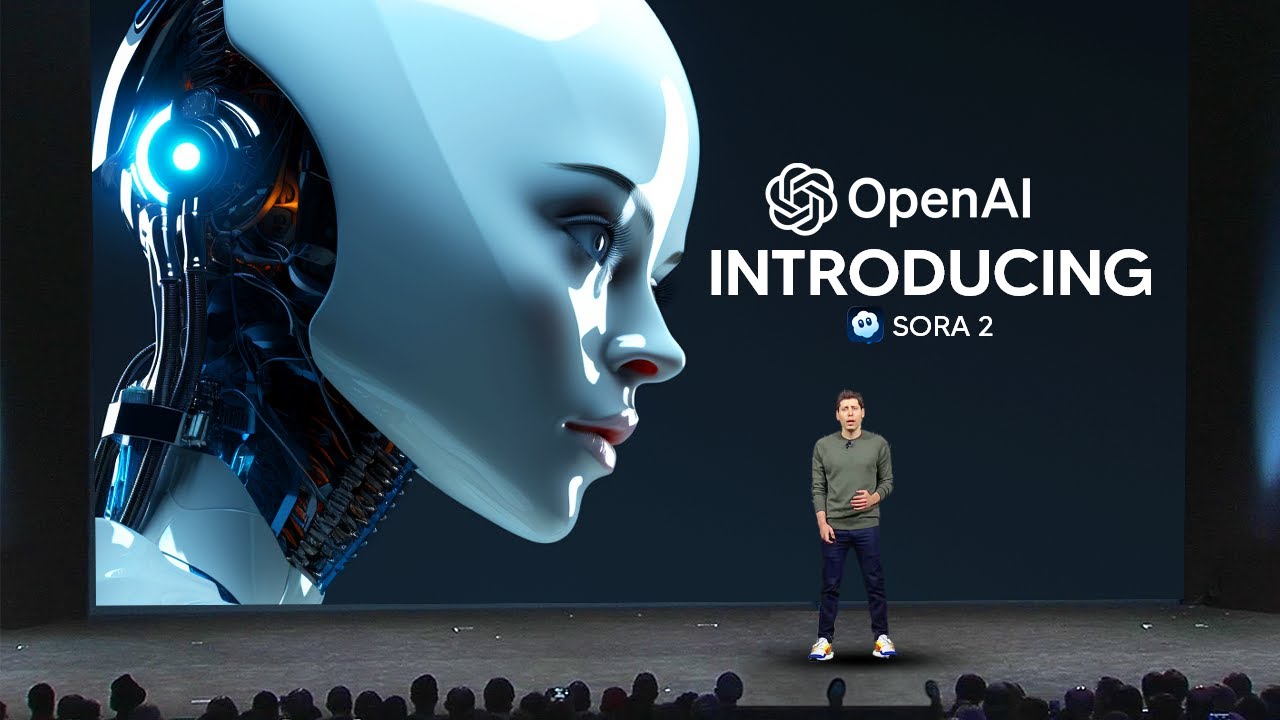OpenAI’s Sora 2 is a revolutionary video generation model that integrates native audio, advanced physics simulation, and realistic motion to create highly immersive and coherent AI-generated videos, including versatile styles like anime. Featuring the innovative Cameo tool for personalized video creation, Sora 2 pushes creative boundaries while addressing ethical concerns through controlled access and usage restrictions.
OpenAI has just released Sora 2, a groundbreaking video generation model that significantly advances the capabilities of AI-generated moving images. The launch video highlights Sora 2 as the most powerful imagination engine ever built, featuring native audio integration, improved motion, physics, IQ, and body mechanics, which together create a much more realistic and immersive experience. One of the standout features is Cameo, which allows users to insert themselves or others into any scene, enhancing creativity and social interaction within the app. The Sora app, powered by Sora 2, aims to push the limits of imagination and creativity for users worldwide.
One of the most impressive upgrades in Sora 2 is the inclusion of native audio in generated videos. Unlike previous models where users had to manually add sound effects, Sora 2 automatically generates synchronized audio, such as dialogue, environmental sounds, and footsteps, creating a richer and more atmospheric experience. This feature alone marks a significant leap forward in video generation technology, making it easier for users to produce high-quality videos without needing additional audio editing skills or resources.
Sora 2 also demonstrates remarkable improvements in physics simulation and motion accuracy. The model can handle complex physical interactions, such as predicting the path of a ball in a physics puzzle, realistic gymnast movements, and even subtle details like horse hair and muscle movements. These advancements address previous limitations where AI-generated videos often suffered from distorted or unrealistic body mechanics. The model maintains coherence over longer sequences, as seen in examples like volleyball games and skateboarding tricks, where objects and characters behave naturally and consistently.
Another key feature of Sora 2 is its ability to generate videos in various styles, with anime being particularly well-executed. The app supports multi-shot instructions, allowing users to create cohesive stories across multiple scenes without needing to manually stitch clips together. This ease of use and stylistic versatility open up new possibilities for content creators, including the potential to generate entire anime episodes or other stylized video content with minimal effort. The Cameo feature adds a viral social element, enabling users to create and share personalized, realistic videos featuring themselves or celebrities, which could drive widespread adoption.
Despite its impressive capabilities, Sora 2 is not without flaws. Some videos still exhibit occasional AI-generated artifacts or inconsistencies, especially when generating content outside the model’s training distribution. Access to Sora 2 is currently limited by an invite-only rollout, initially available in the United States and Canada, with plans to expand globally. OpenAI is also mindful of ethical concerns, implementing limits on video generation for younger users and stricter controls on Cameo usage to prevent misuse. Overall, Sora 2 represents a major step toward mainstream AI video generation, balancing cutting-edge technology with practical considerations for user safety and content quality.
